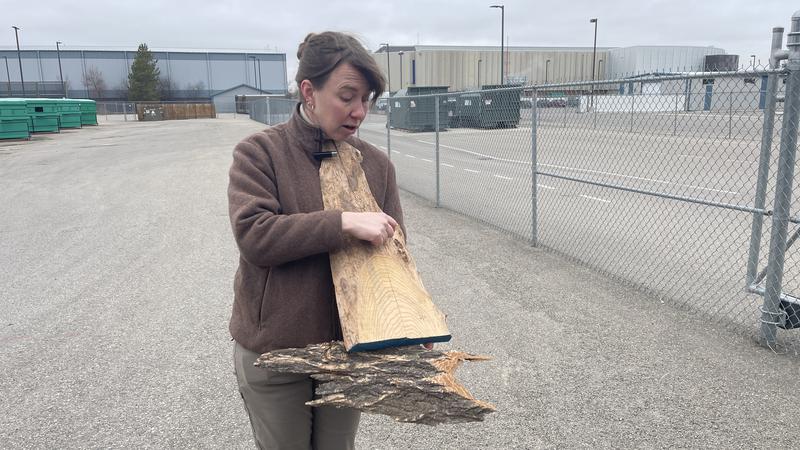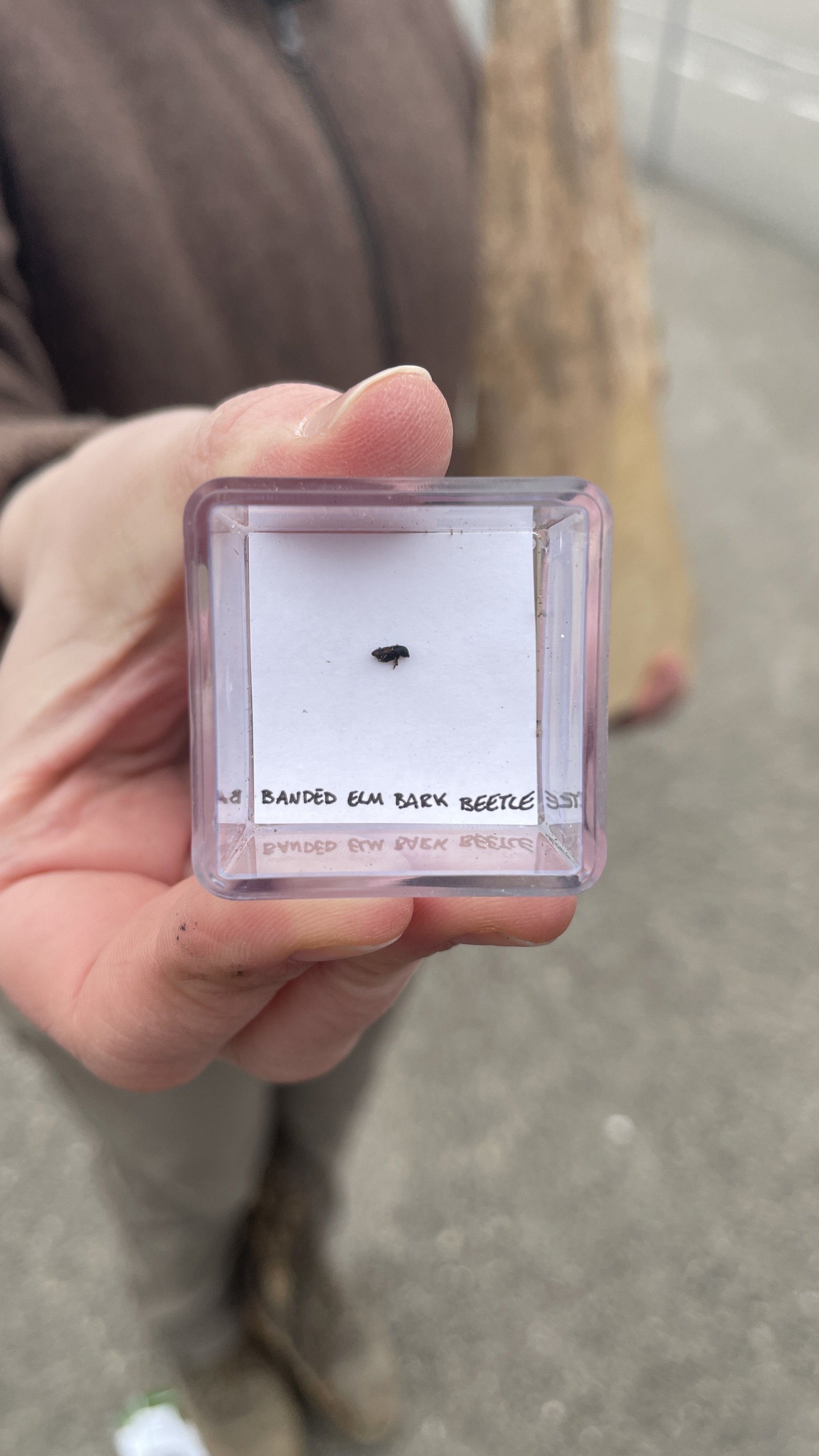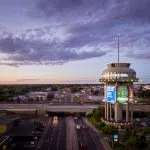
Elm tree pruning ban goes into effect April 1 in Lethbridge
The City of Lethbridge is asking all residents to help prevent the spread of Dutch Elm Disease (DED).
A pruning ban on elm trees is set to take effect April 1, 2025, which will be in place until the end of September.
Anna Larney, urban forestry technician with the City of Lethbridge, says DED is a “really detrimental invasive disease” that has wiped out most of the elms in eastern North America but has not been a major issue in Alberta so far.
She explains that the open wounds on elm trees release a pheromone that attracts elm bark beetles, which introduce DED to the trees when they lay their eggs.



